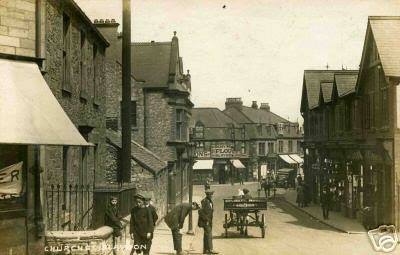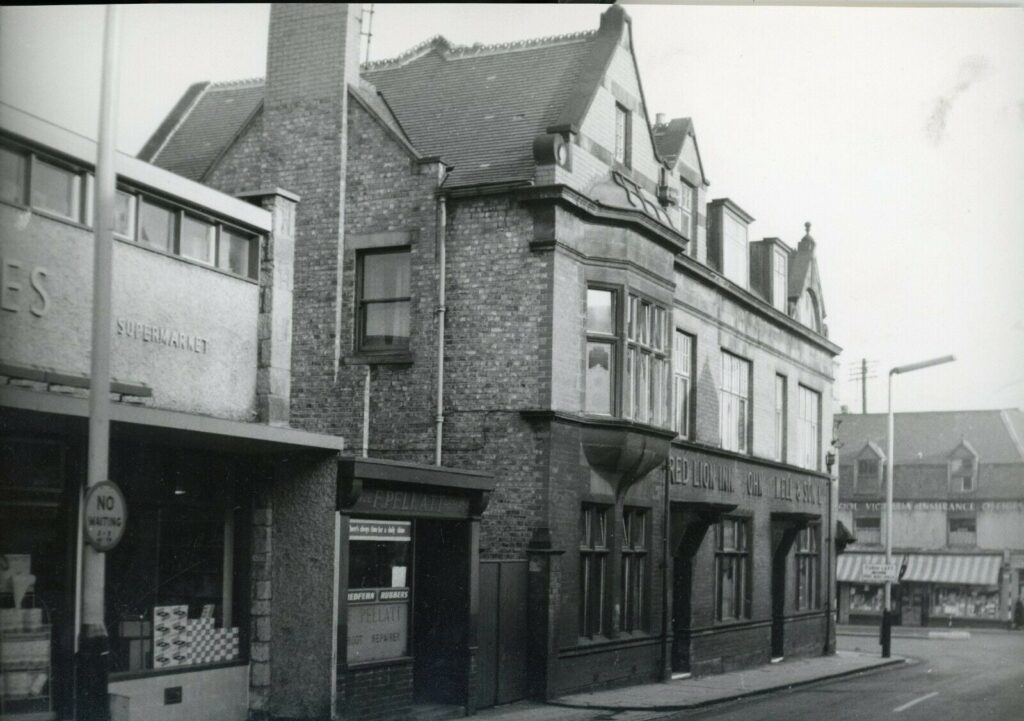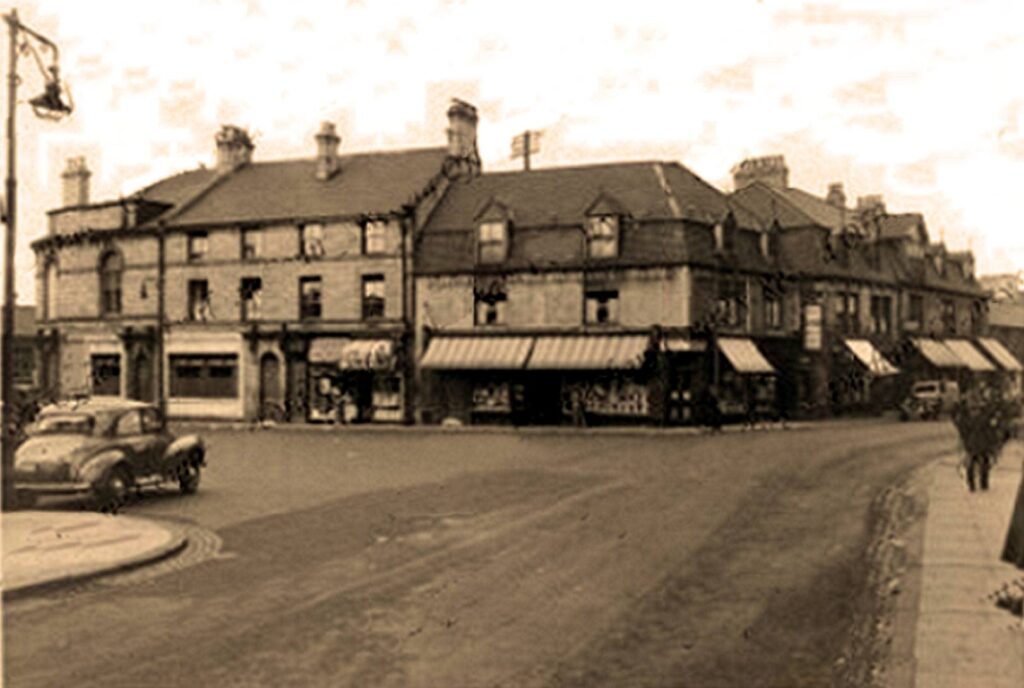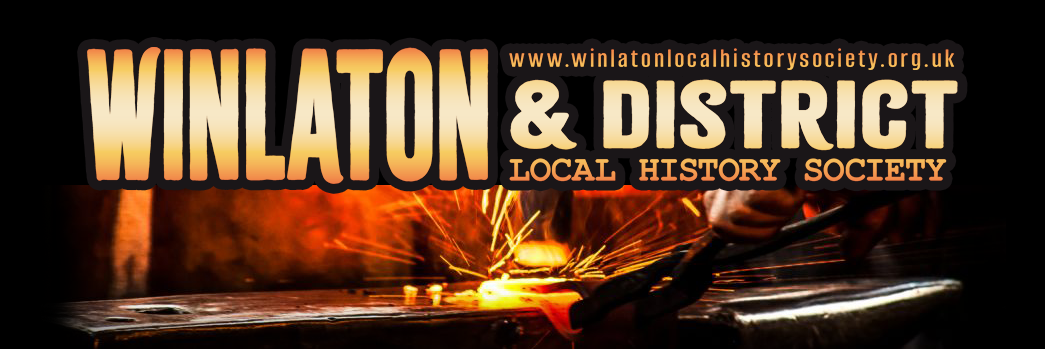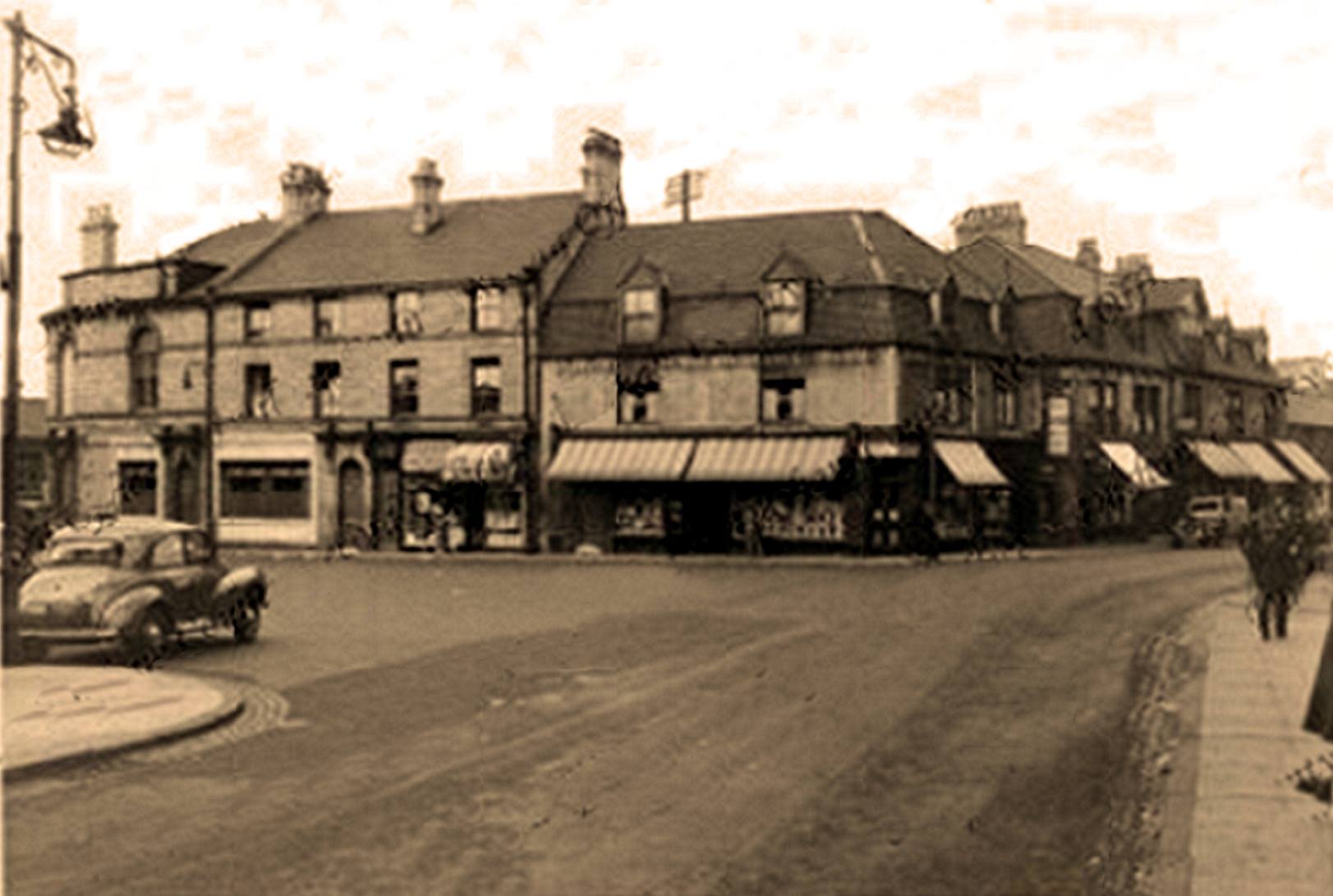The Martin’s Memories series has been reproduced with the very kind permission of Tony Martin from his posts on the Old Blaydon and Old Winlaton Facebook group.
OLD Blaydon and OLD Winlaton | MARTIN’S MEMORIES 18 | Facebook
Over the next few episodes, I want to take you for a walk around the old town centre of Blaydon as I knew it in the mid to late 1950s. In this first piece, I want to take you from the Plaza (now Hadrian House Nursing Home) to Walter Willson’s on Wesley Place (where McDonald’s car park is now).
We leave the Plaza with Lawson’s sweet shop nearby and cross the main road at the Belisha crossing to the other side of Garden Street so we can walk down the west side of Church Street. In these days, zebra crossings and school crossing patrols were not part of the street scene. It was impressed upon us always to use the Belisha crossing, named after Leslie Hore Belisha, the Minister of Transport 1931-37 who had introduced the concept of an orange ball on a black and white pole to signify recommended crossing points.
Once on the other side of the road, we pass the Halifax Building Society, Worley’s the bakers and a hardware shop before arriving at a street which led to an area which the older generation referred to as “The Lime Yard”…in reality Flass Street, Greenwell Street and Birdhill Street. The first building we meet on the other side of this street is Jimmy Bell’s blacksmith shop. As one approached it one heard the sound of the bellows and the hammer on the anvil in a business which was always busy. Jimmy lived on Western Way in Axwell Park and his sister, Emma Reeves was our neighbour in Park Avenue. The Bell family originated from Cowen Street on the Spike and their first blacksmith’s shop was on Chain Bridge Road before moving to its site on Church Street at the beginning of the last century. When the business closed, the site was used to build Law Stores about 1960. It was quite common in those days to see a stable lad from the Coop Stables in St Cuthbert’s Place walking up Church Street – one horse in each hand – on their way to the blacksmiths to be reshod. Horse transport was still important then and I remember the first copy of the Highway Code I was given had a section on the traffic signals that drivers of horse drawn vehicles were expected to make using their whip.
Next to the blacksmith was a small, dimly lit shop owned by a cobbler called Pellat. He seemed to work all hours because even in the evening the single gas light was burning. Inside the shop stood the man himself in front of his last and other machinery. There was a smell of newly cut leather and rubber and also of the stains and glue he used…it is a smell that I still sense when I think of an old cobbler’s shop. The shop was a bit of a shambles, but despite this, he knew where everything was and had no trouble in finding your shoes when you came to collect them. Next door was the Red Lion pub, built to replace an earlier hostelry before WW1 and it was quite an elegant building with gold lettering. There was a side door onto Church Street and one on the corner of Wesley Place, which got its name from a Methodist Chapel that was in this square when it was opened up because there had also been many buildings on this site and they were removed to give Blaydon Town Centre a focus.
Turning left at this door of the Red Lion, one passed a number of small shops as well as two advertising boards. The first shop was Shanley’s off licence shop and then in the corner there was a branch of the Rock Building Society, which in the 1950s was managed by a man called Waugh. Next to it was Miss Muir’s wool shop. She lived with her widowed sister, Mrs Edgar on Burnley Street. Mrs Edgar was a friend of my maternal grandmother and the two would go on holiday together. Outside the Rock, there were two red telephone kiosks. Next to the wool shop was the Brighter Homes paint and wallpaper shop and then a stairway which led to the Blaydon Headquarters of the Salvation Army. Gordon Shanley was an accomplished rally driver and used to compete in the annual Monte Carlo Rally.
Wesley Place or The Square, as locals called was also a place where those who owned cars could park them whilst seeing to their business in the town centre. Between Brighter Homes and the Post Office, there was a large advertising hoarding before you reached the door of the post office reserved for postal workers. Several times a day, a large red barrow would be wheeled out from this door to take and collect mail bags from Blaydon Railway Station on the other side of Tyne Street. The Post Office itself was always busy. Very few people had bank accounts so if one wished to send money to someone, one had to buy a postal order or a money order from the Post Office. Pensions and Family Allowances were collected weekly from the Post Office where a signed voucher was removed from your book and the cash given. Post Office savings accounts and savings stamps were also important as was the sending of telegrams in an era when few private households had a telephone. The thing that was always a standard joke at the time was the state of post offices pens…these were of the nibbed variety using ink from an inkwell and they always appeared to have a cross nib so that it was almost impossible to give a recognisable signature. It was also the days before BT…they were called Post Office Telephones and the telephone exchange was on the first floor of the building.
From the main customer entrance to the post office, we cross the Tyne Street entrance to Wesley Place across to the door of the Station Hotel and skirting around the Square, we meet first of all Smith’s the dry cleaners and a shop operated by the Tyneview Caterers which had a door off the same main entrance. This baker’s shop was the original site of Lawson’s sweet shop before they moved to the Plaza Building when it was built. There were two entrances to properties above these shops – one led to a flat which was occupied by Deaconess Mary Teasdale from St Cuthbert’s and when she left it was taken over by the Rev Tom Hood, the curate at the church. The other stair led to the offices of the Liverpool Victoria Assurance Company which was above Walter Willson’s grocery shop. From outside the shop Northern bus service no 9 to Newcastle via Dunston and the 89 double decker service to Gateshead had their terminus. Hurst’s and later Northern had their Winlaton stop outside the Coop Drapery Department.
I will leave you here and in the next episode, I will take you down the remainder of Church Street.
Photos:-
